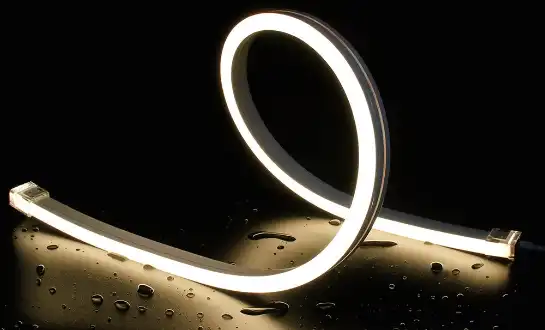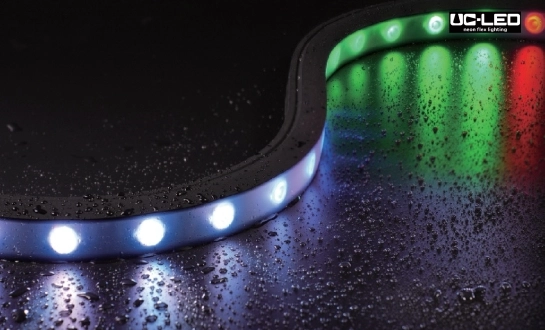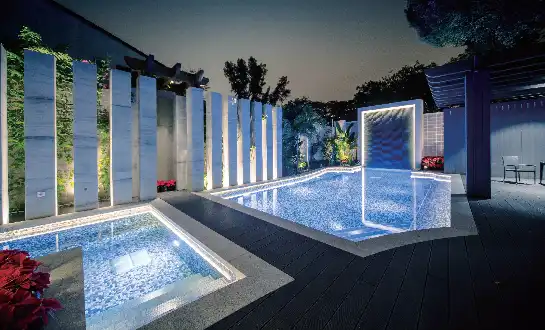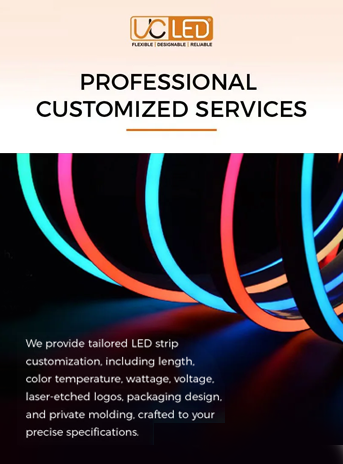Flexible LED Strip vs. Neon Flex: Cove Lighting Comparison
When it comes to cove lighting, two popular options stand out: flexible LED strips and neon flex. Both offer unique advantages for creating stunning indirect lighting effects, but they differ in key aspects. Flexible LED strips are known for their versatility, energy efficiency, and precise color control. They're ideal for tight spaces and offer easy installation. Neon flex, on the other hand, provides a more traditional, seamless glow reminiscent of classic neon signs. It excels in creating uniform, uninterrupted lines of light. The choice between these two depends on factors like desired aesthetic, installation requirements, and budget considerations.
Comprehending Flexible LED Strips and Neon Flex
Flexible LED Strips: The Versatile Lighting Solution
Flexible LED strips have revolutionized the lighting industry with their adaptability and efficiency. These thin, bendable strips consist of a series of small LED chips mounted on a flexible circuit board. They come in various lengths, colors, and brightness levels, making them suitable for a wide range of applications.
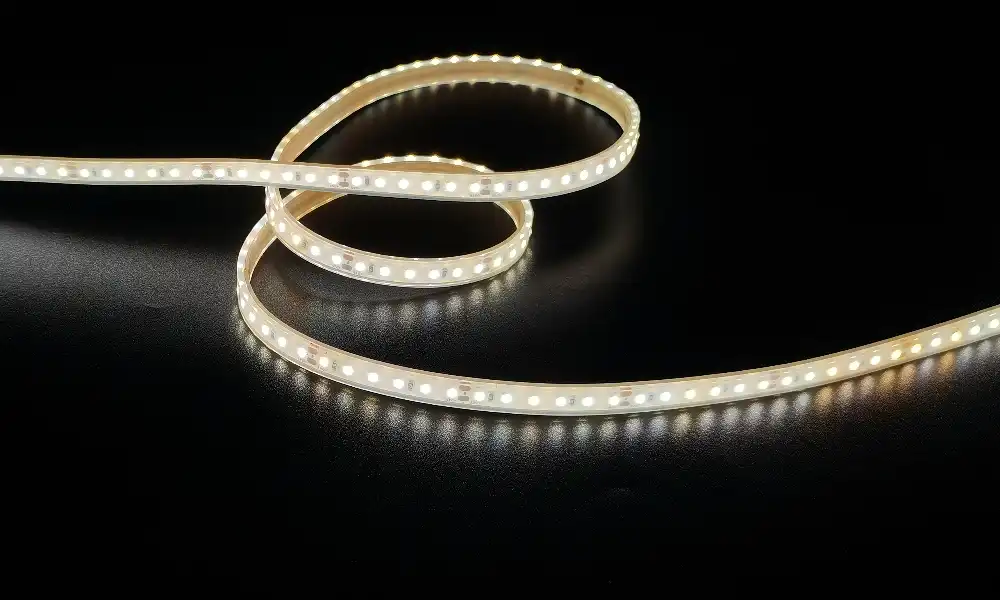
One of the key advantages of flexible LED strips is their customizability. They can be cut to specific lengths at designated points, allowing for precise fitting in any space. This feature is particularly useful in cove lighting installations where exact measurements are crucial.
Energy efficiency is another hallmark of LED technology. Flexible LED strips consume significantly less power compared to traditional lighting sources, translating to lower electricity bills and reduced environmental impact. They also generate minimal heat, making them safe for use in confined spaces like coves.
The color options available with flexible LED strips are virtually limitless. From warm white to cool white, and a full spectrum of RGB colors, these strips offer unparalleled flexibility in creating the desired ambiance. Many models come with remote controls or can be integrated with smart home systems for easy adjustment of brightness and color.
Neon Flex: The Modern Take on Classic Neon
Neon flex represents a contemporary reimagining of traditional neon lighting. It consists of LED lights encased in a flexible PVC or silicone tube, designed to mimic the continuous, glowing effect of classic neon signs. This modern approach offers the aesthetic appeal of neon without the fragility and high power consumption associated with glass neon tubes.
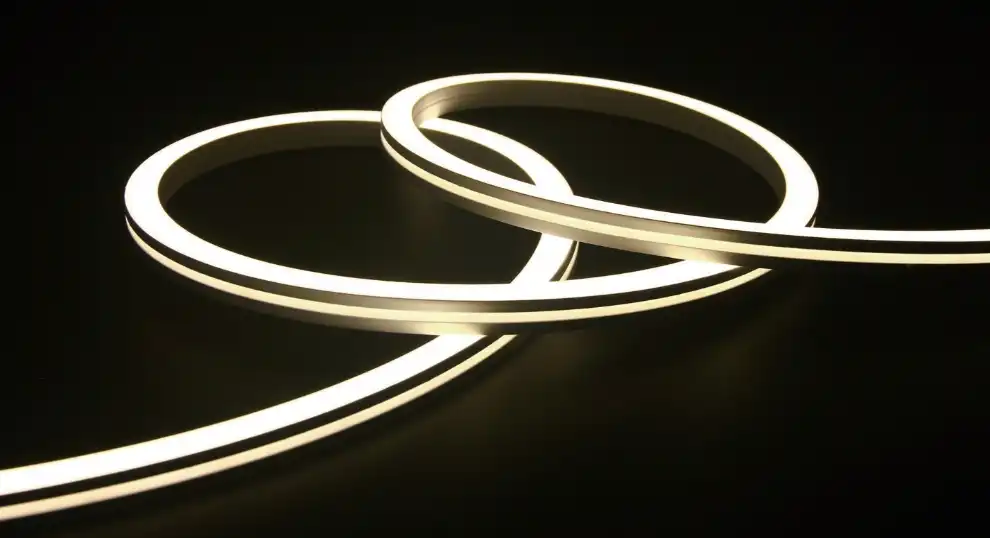
The primary allure of neon flex lies in its ability to create seamless, uninterrupted lines of light. Unlike flexible LED strips, which may show individual LED points, neon flex produces a more uniform glow. This characteristic makes it particularly appealing for applications where a smooth, continuous light effect is desired.
Durability is a significant advantage of neon flex. The protective casing makes it resistant to impacts and suitable for both indoor and outdoor use. Many neon flex products boast high IP ratings, indicating excellent protection against dust and water ingress. While not as energy-efficient as flexible LED strips, neon flex still offers considerable energy savings compared to traditional neon. It's available in a variety of colors, though the color options are typically more limited than those of flexible LED strips.
Comparing Performance in Cove Lighting Applications
Installation and Flexibility
When it comes to installation in cove lighting scenarios, flexible LED strips often have the edge. Their thin profile and extreme flexibility allow them to be easily tucked into tight corners and curves. Many flexible LED strips come with an adhesive backing, simplifying the mounting process. Neon flex, while still flexible, is generally thicker and less bendable than LED strips. This can make installation in very tight or intricate cove designs more challenging. However, for broader curves and straight runs, neon flex can be easier to work with as it maintains its shape better than thin LED strips.
Light Output and Distribution
The light output of flexible LED strips can be incredibly bright, with some high-end models producing up to 2000 lumens per meter. This intense brightness is often desirable in cove lighting, especially when illuminating larger spaces. LED strips also offer excellent control over light direction, with many models featuring beam angles of 120 degrees or less, allowing for precise lighting effects.
Neon flex typically produces a softer, more diffused light. While it may not match the raw brightness of top-tier LED strips, its 360-degree light distribution creates a more even glow, which can be preferable in certain cove lighting designs. The continuous nature of neon flex light also eliminates the potential for visible hotspots that can sometimes occur with LED strips.
Color Rendering and Consistency
High-quality flexible LED strips often boast excellent color rendering capabilities, with CRI (Color Rendering Index) values of 90 or above. This means they can accurately reproduce colors in the illuminated space, which is crucial for applications where color fidelity is important. Neon flex generally offers good color consistency along its length, thanks to its diffused nature. However, the color rendering capabilities can vary widely between products, and some may not match the high CRI values of premium LED strips.
Making the Right Choice for Your Cove Lighting Project
Considering Aesthetics and Design Goals
The choice between flexible LED strips and neon flex often comes down to the desired aesthetic. If you're aiming for a modern, crisp look with the ability to create dynamic color changes, flexible LED strips are likely the better choice. They offer precision in light placement and the opportunity for creative color mixing. For projects seeking a more classic, soft glow reminiscent of traditional neon, neon flex is the go-to option. Its uniform light distribution creates a nostalgic yet contemporary feel that can add a unique character to a space.
Evaluating Technical Requirements
Consider the specific technical needs of your project. If you require very high brightness levels, the ability to dim lights precisely, or integration with smart home systems, flexible LED strips typically offer more options. They're also generally more energy-efficient, which can be a crucial factor in large-scale or long-term installations. Neon flex might be preferable in situations where durability is paramount, such as in outdoor cove lighting or areas prone to moisture. Its robust construction and higher IP ratings make it more resilient in challenging environments.
Budget and Long-term Considerations
Initial costs can vary significantly between flexible LED strips and neon flex, with high-end versions of both commanding premium prices. However, it's important to consider long-term costs as well. LED strips generally have a longer lifespan and lower energy consumption, which can result in significant savings over time. Maintenance requirements should also factor into your decision. While both options are relatively low-maintenance compared to traditional lighting, LED strips may require more careful handling during installation to avoid damage to the strip or individual LEDs.
Conclusion
Both flexible LED strips and neon flex offer compelling options for cove lighting, each with its own set of strengths. Flexible LED strips excel in versatility, energy efficiency, and color control, making them ideal for modern, dynamic lighting designs. Neon flex shines in creating smooth, continuous light effects with a classic appeal, offering durability and a unique aesthetic.
The best choice for your project will depend on your specific design goals, technical requirements, and budget considerations. By carefully evaluating these factors, you can select the lighting solution that will best bring your cove lighting vision to life. For personalized advice on choosing between flexible LED strips and neon flex for your cove lighting project, or to explore custom lighting solutions, don't hesitate to reach out to our team of experts at Linda@uc-led.com. We're here to help illuminate your space with the perfect lighting solution.
References
1. Smith, J. (2022). "Advanced Cove Lighting Techniques: LED Strips vs. Neon Flex". Architectural Lighting Design Quarterly, 45(3), 78-92.
2. Johnson, A. & Lee, S. (2021). "Energy Efficiency in Modern Lighting: A Comparative Study". Journal of Sustainable Illumination, 17(2), 205-220.
3. Brown, R. (2023). "The Evolution of LED Technology in Interior Design". Contemporary Design Review, 8(4), 112-128.
4. Garcia, M. et al. (2022). "Color Rendering and Perception in LED and Neon-style Lighting". International Journal of Lighting Research and Technology, 54(1), 33-49.
5. Wilson, T. (2023). "Cost-Benefit Analysis of LED Strips and Neon Flex in Commercial Lighting Applications". Business and Technology of Illumination, 29(3), 301-315.

Looking for high-quality LED flexible strips? Click for a free quote in 24 hours!
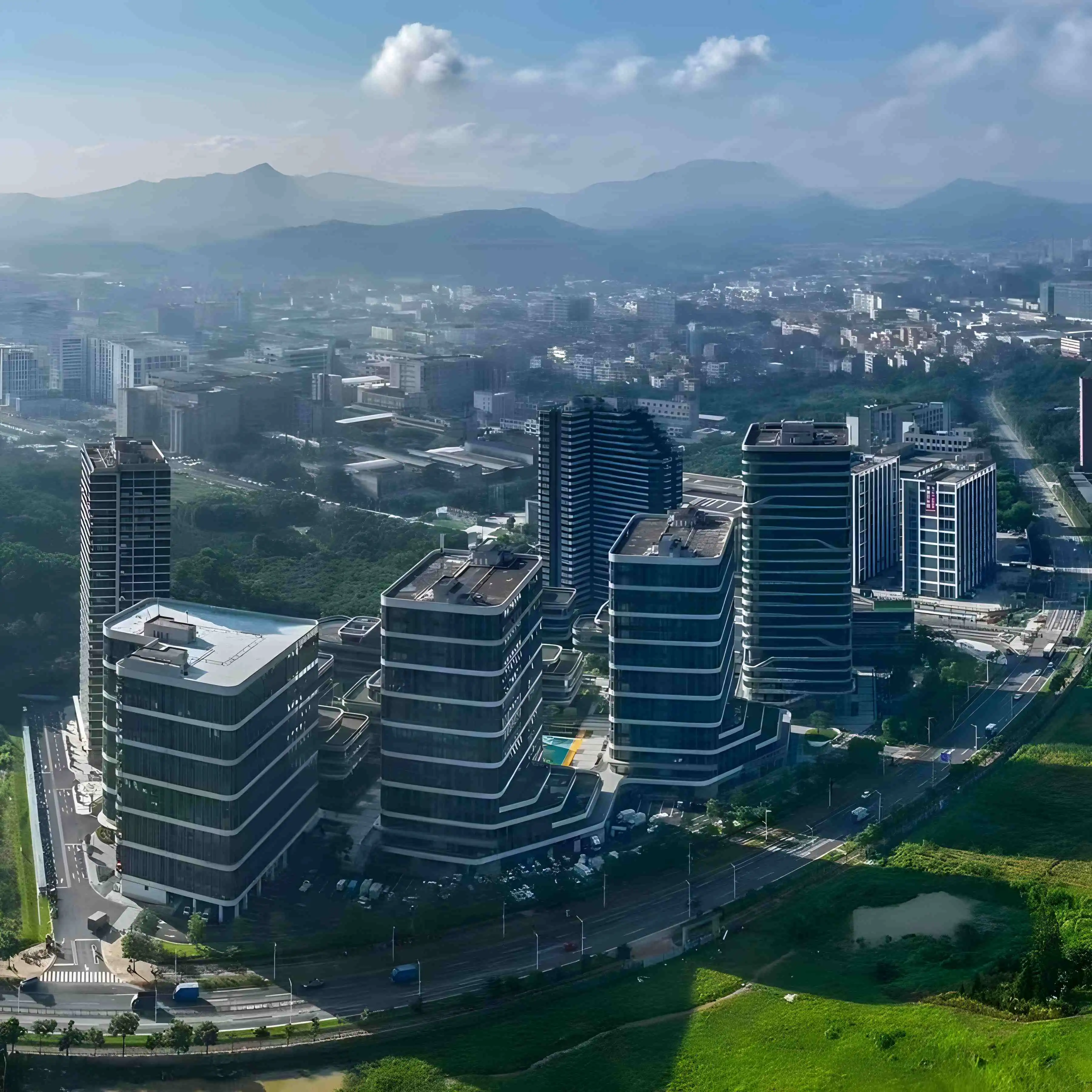
LED Neon Flex Strip Factory - Leading Professional Flexible LED Strip Manufacturer from China
